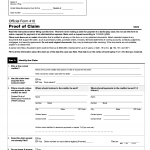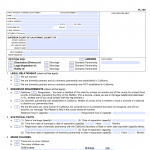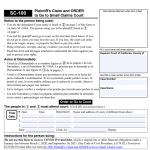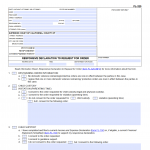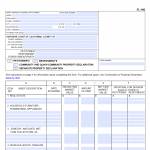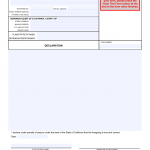Form DFS-F1-SDF-1. Proof of Claim
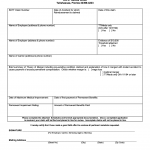
The DFS-F1-SDF-1 form, also known as the Proof of Claim form, is used by creditors to file a claim in a bankruptcy case in the state of Florida. The main purpose of the form is to seek repayment for any debts owed to the creditor by the debtor.
The form consists of several parts, including the creditor information section, the debtor information section, the claim information section, and the signature section. Important fields include the creditor's name, address, and contact information, the debtor's name and case number, the amount of the claim, and the reason for the claim.

